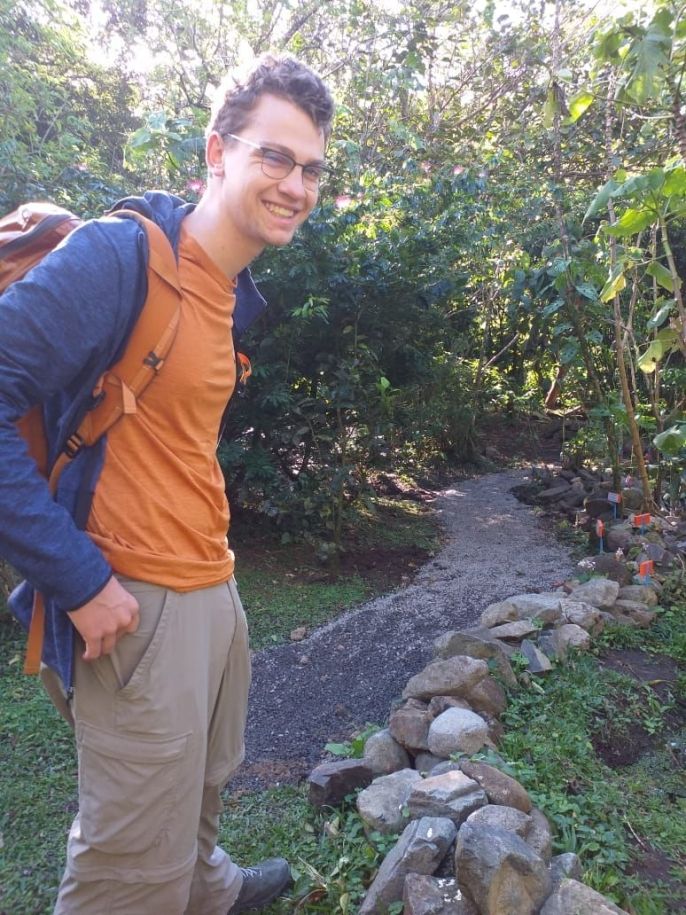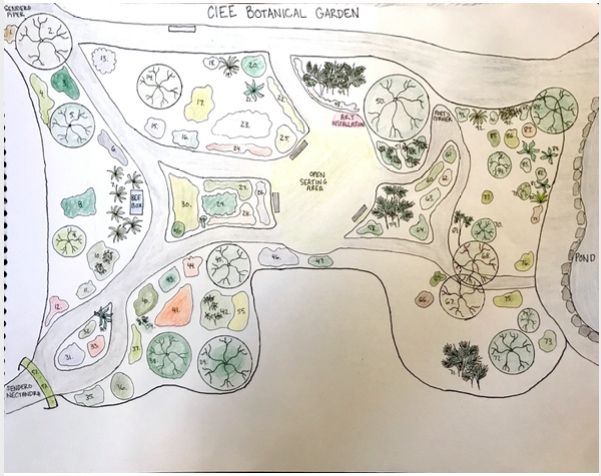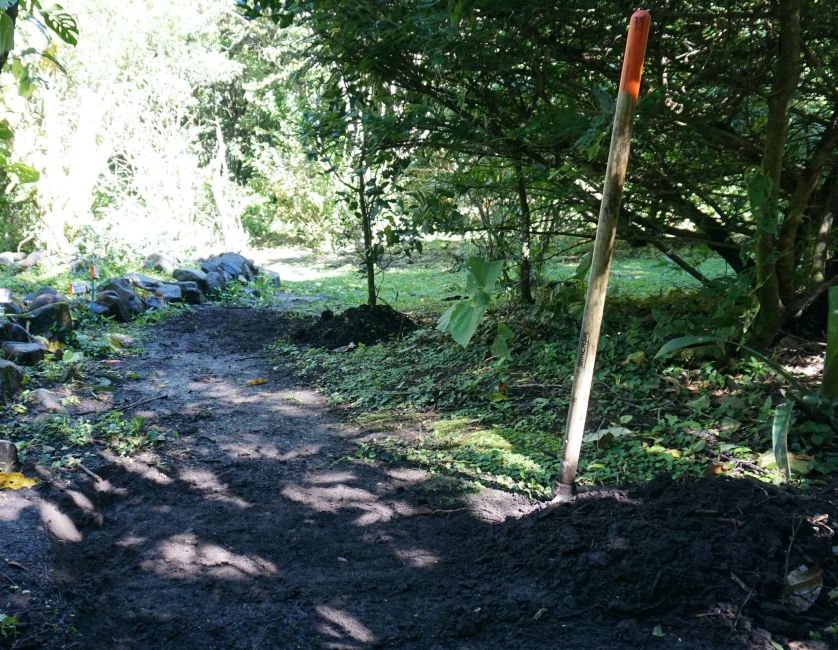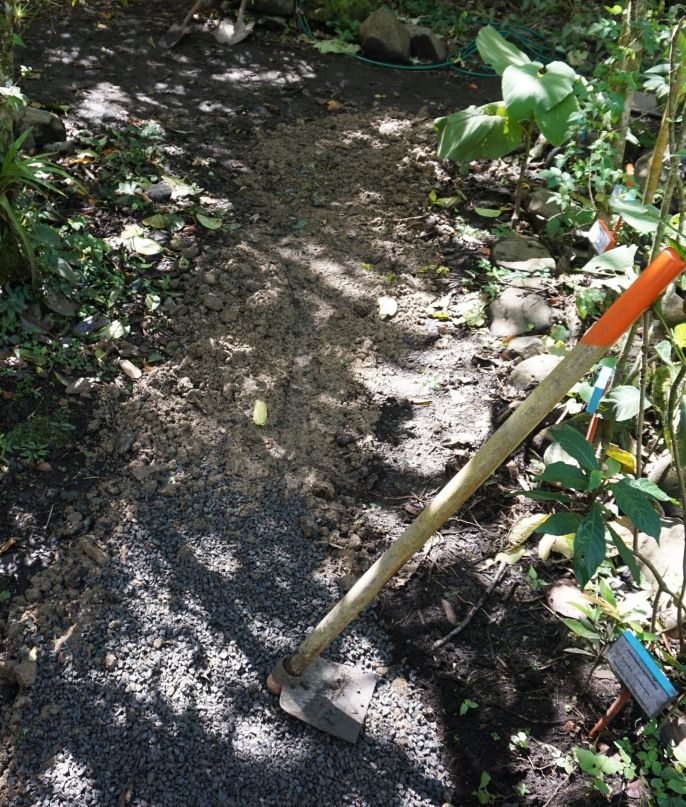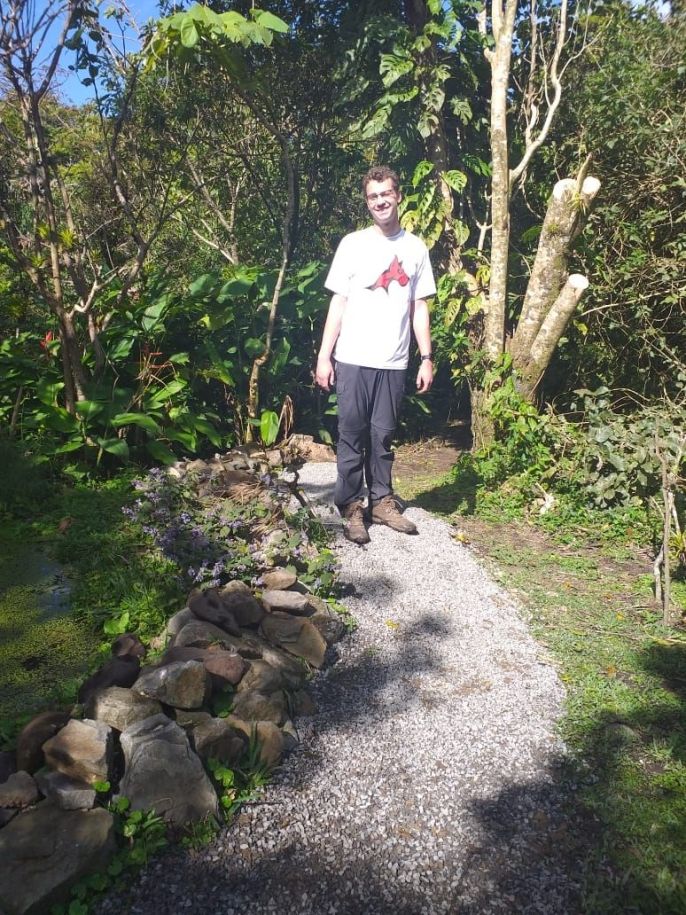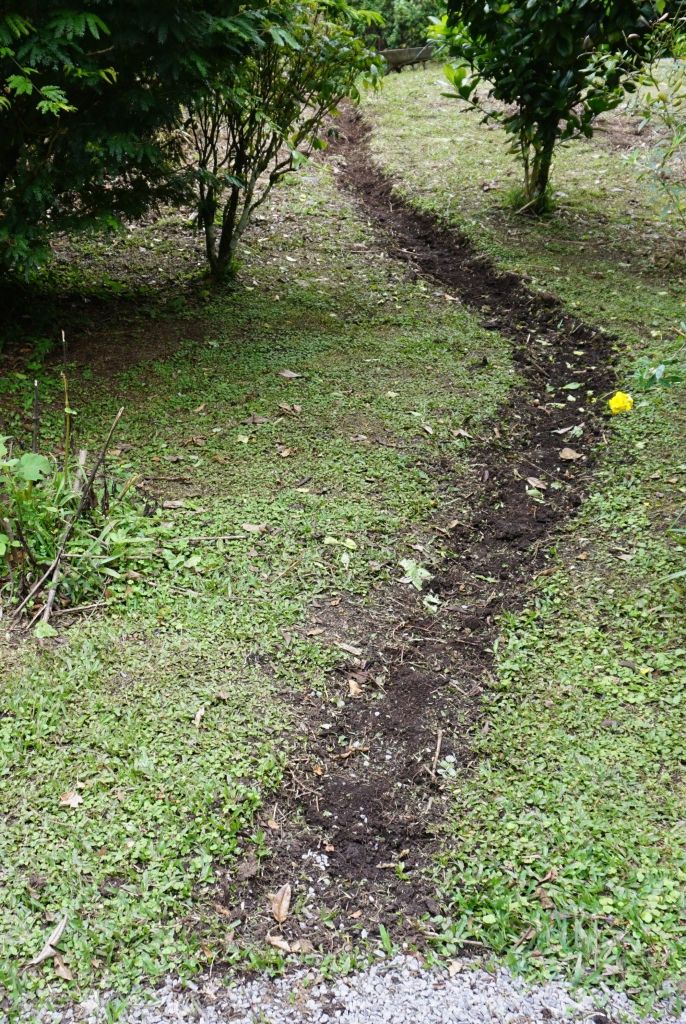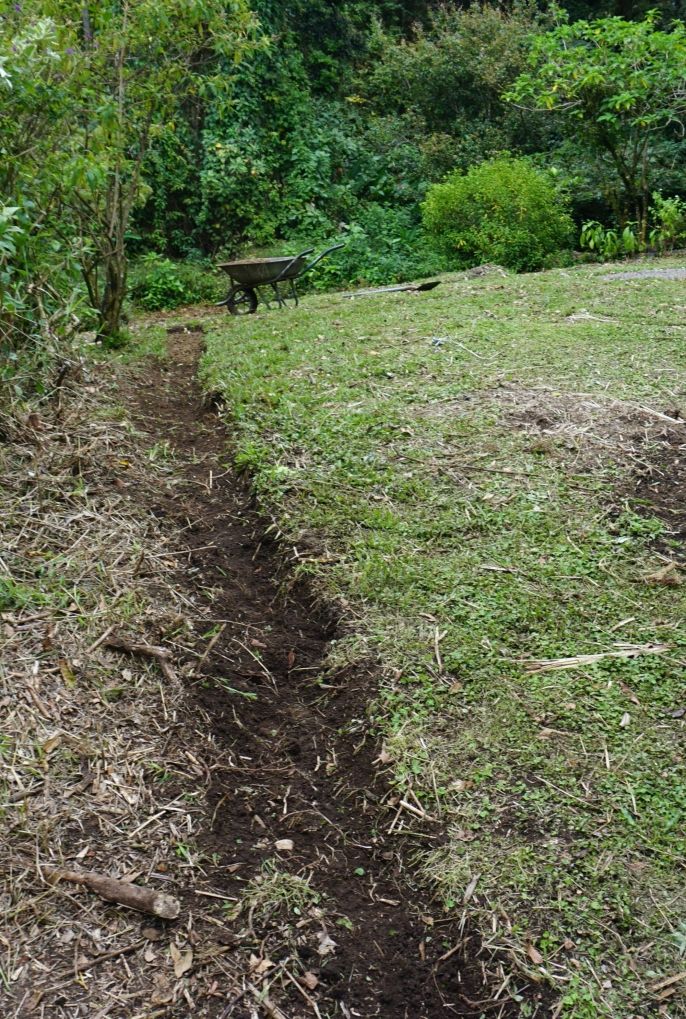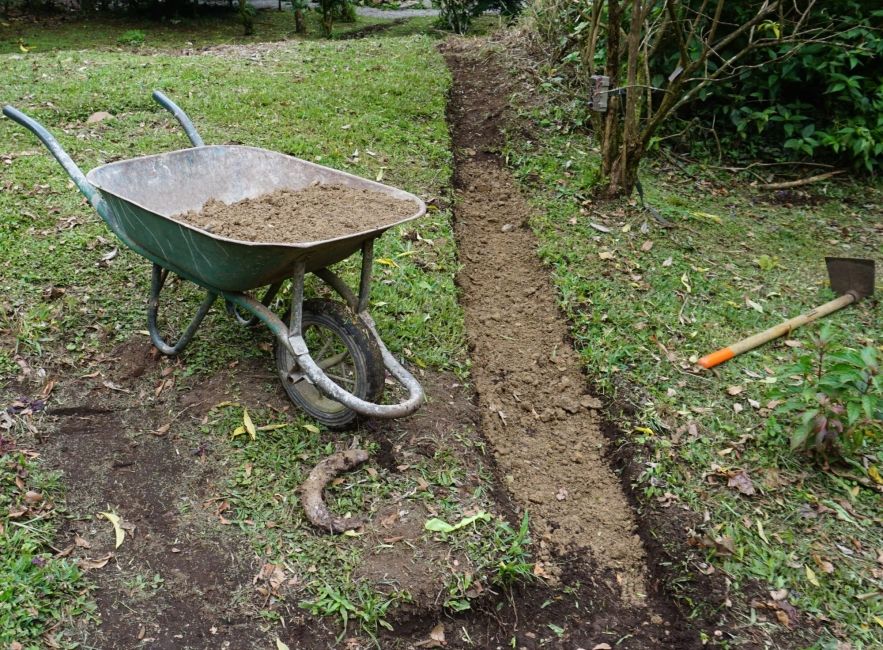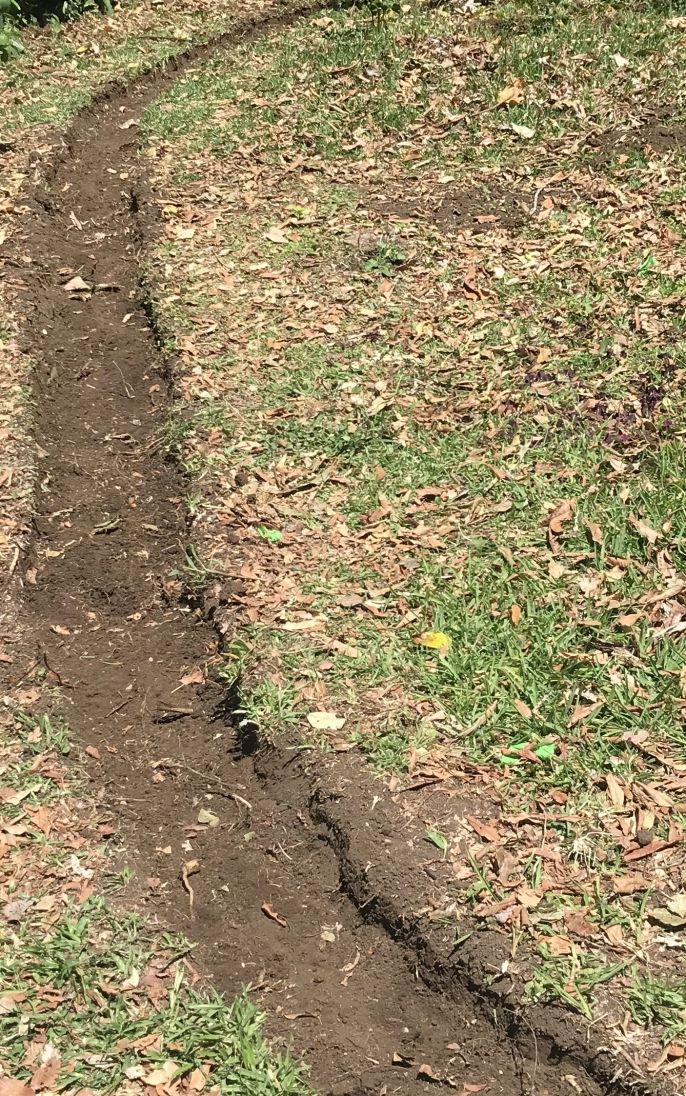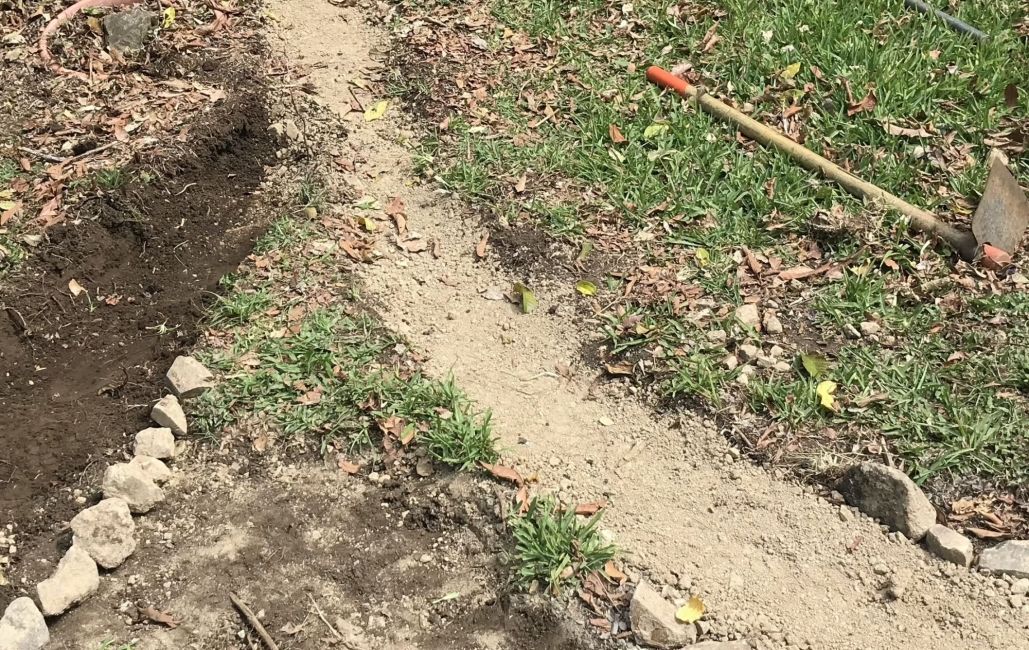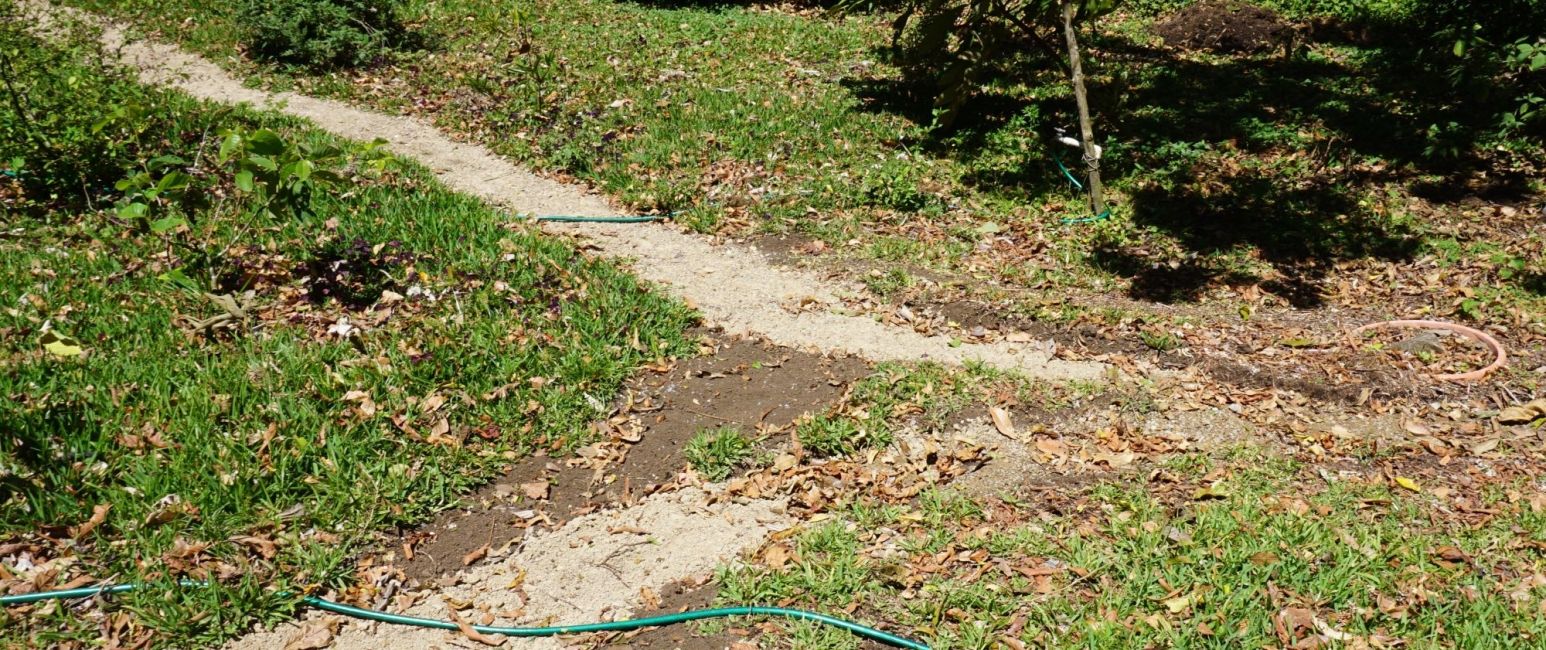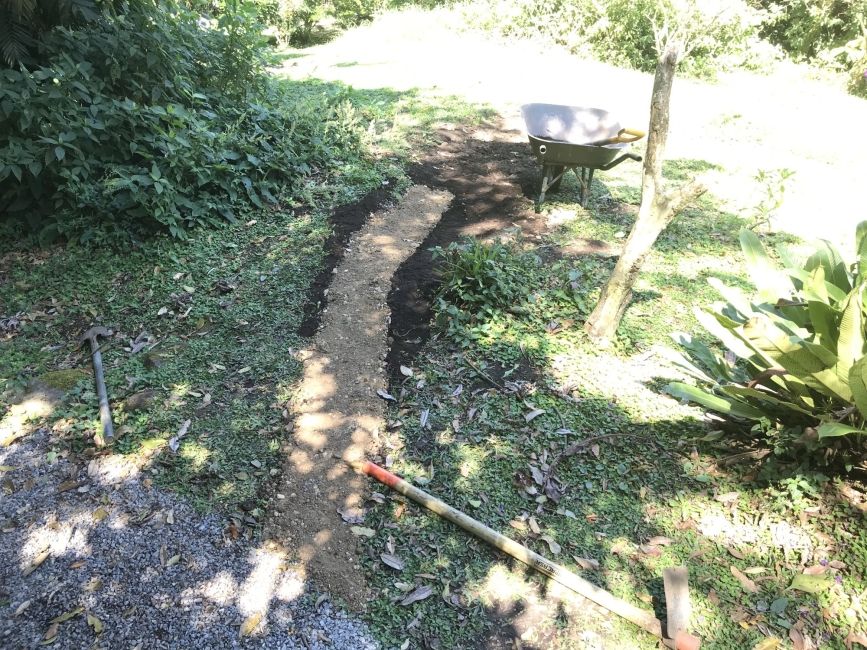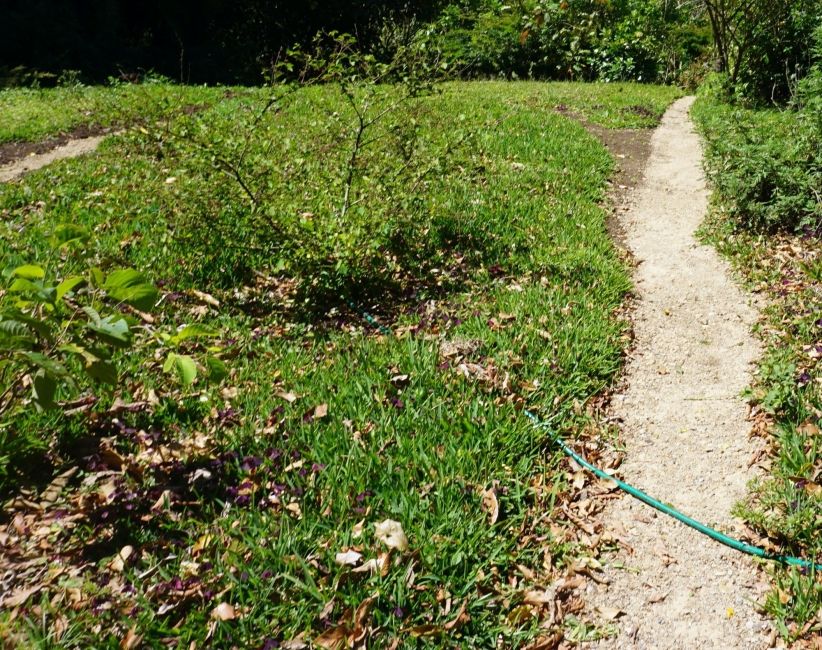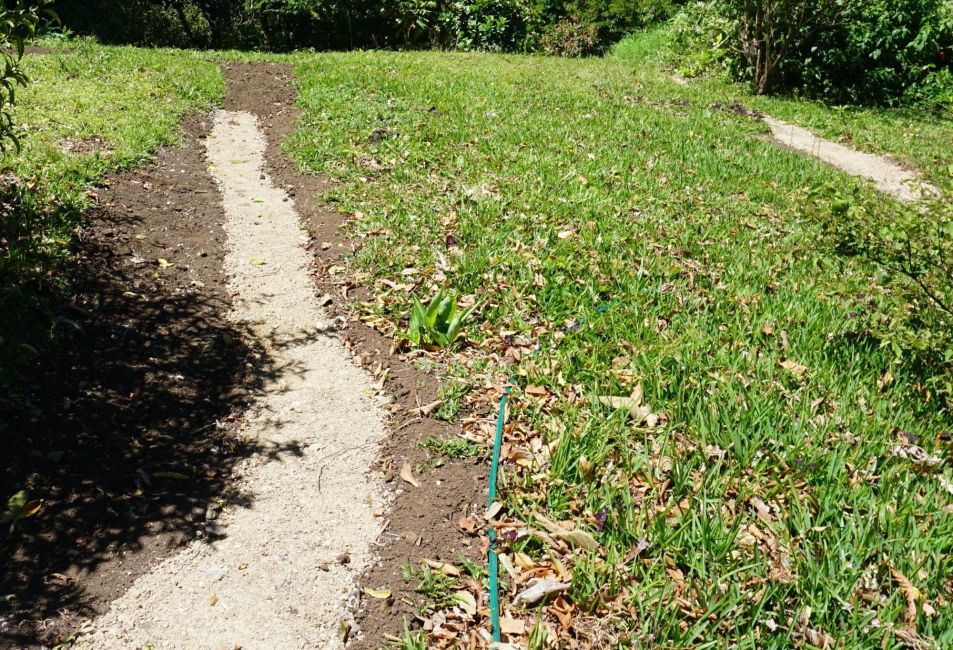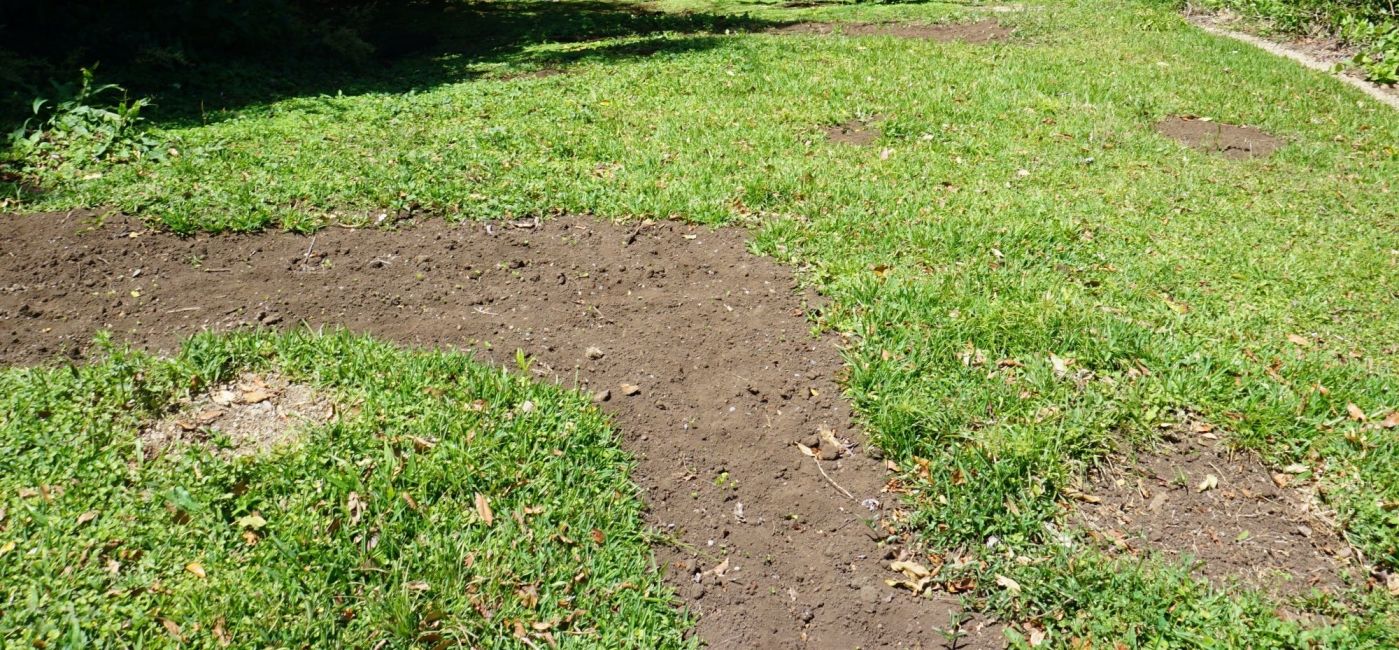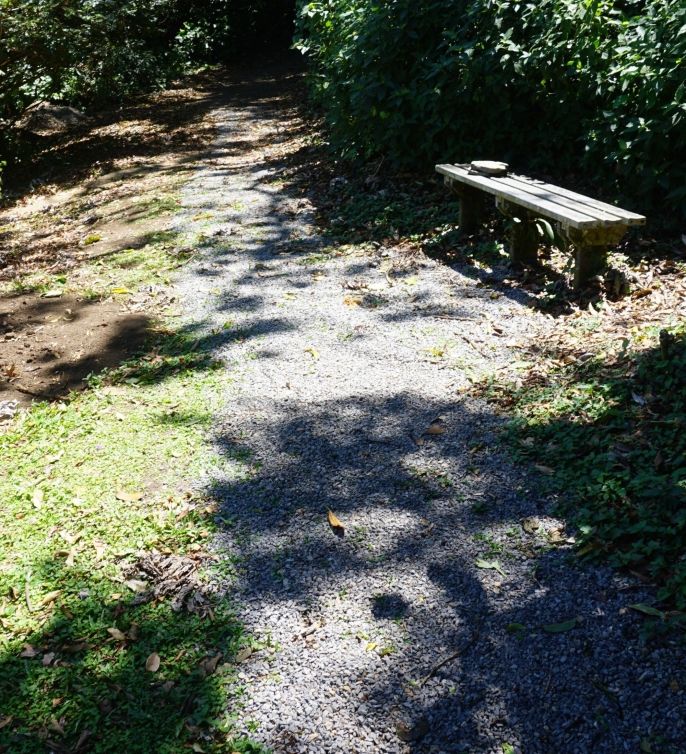Internship Update: Project #1
Wow, time flies here! At just over the two-month mark of my time here in Costa Rica, I finished the first significant part of my sustainable landscaping internship. This post is definitely going to be my longest (but also most detailed) blog post, as I will be detailing the reasons and results of my past two months of work. I hope you all find this as interesting as I have!
But before I go into the specifics of what I have been doing and the results of that work, I would like to give a little background of the task I was given when I arrived.
When I choose the sustainable development internship, I was already aware that I would be focusing a lot on manual labor and working the land around campus. The main project I was introduced to when I arrived was that of the issue of the “Medicinal Garden.”
A little history about the Medicinal Garden and campus; CIEE acquired this Monteverde campus just last summer (May of 2019) and moved from Santa Elene—the principal nearby town—to this more remote area. Knowing that there are many projects around campus and a lot of work to be done as the CIEE staff shape the campus into their own vision and make it more tailored towards their goals and needs. Regarding that, the previous owners of the place (the University of Georgia) planted and cultivated a medicinal garden near the entrance to campus for individuals looking for a more natural way to cure common sicknesses. Although once CIEE took over, they identified that many of the plants within that garden were not native to the local environment and ecosystem. Realizing that, CIEE desired to change the garden from a "Medicinal Garden" to provide ailments to a “Native Plant Garden” where teachers, students, or interested individuals could easily find, observe, and learn about the local floral of Monteverde and Costa Rica. With that goal outlined, another intern in the fall (before I arrived) drew out a design/plan for what local plants should be included in the garden (shown in one of the pictures above) and what the hardscaping should look like so that they were presented in an appealing way.
When I arrived, I was introduced to this design and undertook the goal of practically creating it within the space. Many of the non-native species of plants had already been removed. Although since we were beginning to transition to the dry season (which is from around the end of January to May), it was apparent that I could not start with planting—as many of the native plants would quickly die without sufficient rainfall. So my main job was to do all the hardscaping, creating the pathways and infrastructure that would outline the beds for the plants and the way people would flow through the garden. With that in mind, I set out every morning in my work pants and boots moving lastre, rock, and earth.
I started by tackling the path around the pond (which was also newly constructed by a different fall intern). This path was built through laying down a first layer of lastre (the lighter, cement earth material) and then covering it all with gravel. After completing that path, I outlined, dug, and laid lastre in the long path between the pond path and the second lower entrance. After that, I had Karen (who is the head honcho here at CIEE) view how the non-gravel path looked, and she thought (as well as I did) that it was much more natural-looking against the grass. With that in mind, we made the design choice to only use gravel for the outer, primary paths (the darker colored paths on the design) and lastre for the trails inside the garden. Once that crucial point decided, I moved the gravel that had been laid within the garden to the outer primary path near the entrance. Before I got there, someone created an odd circle in the middle of the pathway using gravel that did not line up with the design. This little mess up took me a little over two weeks to transplant/dig up, but after that, I reigned in those trails and laid my own lastre—and I covered the other dug up areas with dirt.
As a quick note, I feel that it is essential to note that while this might seem like a little bit of moving earth, there is a small catch. The piles of gravel and lastre that I used to construct these paths lie outside of the garden. So I am continually walking from the garden with my wheelbarrow, shovel, and pickaxe (to carry, move, and beak up the materials respectively) to the piles, taking time to break up and load the materials into the wheelbarrow, and then walking back to the garden with a full wheelbarrow. As the walk is a solid 2-3 minutes and is somewhat hilly, the time aspect to this part of the work adds up quickly. Also, it isn't easy hauling a full wheelbarrow of gravel or lastre—even breaking up the lastre is tough work. During the first two weeks, I was beyond sore, but have become adjusted to the task. What I am trying to say is that this work is a constant workout, which is what I signed up and have come to enjoy. Time flies when I am in the garden, and I love working the land—especially when I see all the progress I have made!
Anyway, once that was finished the two middle paths, I had to create the arch form shown in the initial plans connecting the initial entrance to the second entrance and connecting to the other two routes along the way. So I outlined and dug out the shape, and again carted in wheelbarrows of lastre.
Once that path was completed, the last major step was filling in the hill. The goal was to have the middle of the garden (which is the most elevated place) to be a beautiful lookout spot for visitors. But a majority of it had been dug up/broken up when all the medicinal plants and trees were taken out. So I spent a couple of days filling in potholes with dirt, taking out rocks, and generally flattening out the land.
Lastly, there were few detail-oriented things I had to do, such as edging the paths or looking for loose rocks that took me two days to complete.
After all of that, I was finished with all the hardscaping in the garden! I was immensely satisfied and proud of what I had accomplished. It was a lot of sweat and work but also felt incredibly good to have done. After this experience, I am hoping that I have some backyard in a future house of mine so I can create my own garden!
But now that that is over, it is time to move on to the next projects. The next project I have thinking about is creating the bee box seen in the garden design plan. Since there are no plans for it, I have begun designing it, learning about the local bees, and hope to start building it soon! Other than that, I want to create an outdoor classroom space within the Native Plant Garden, and there is a want to develop arches in the Native Plant Garden, so those are projects for me on the horizon!
If you got here, thanks so much for reading all of this blog post!! I will keep updating as much as I can as I experience all of what Costa Rica, Monteverde, and CIEE have to offer!
- Owen
Related Posts
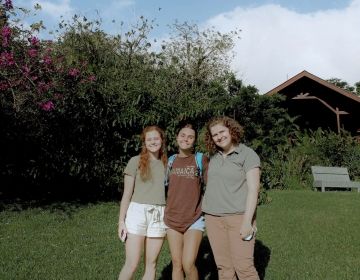
CIEE's Climate Warriors
Climate change is among the biggest concerns threatening Monteverde’s famously rich ecosystems. Due to rising global temperatures, the timing, strength, and frequency of cloud cover and rainfall is becoming increasingly... keep reading
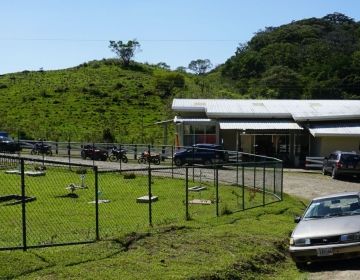
San Luis
Today I wanted to post a smaller blog on the city of San Luis. There are two main cities that people on the CIEE campus frequent often. They are Santa... keep reading
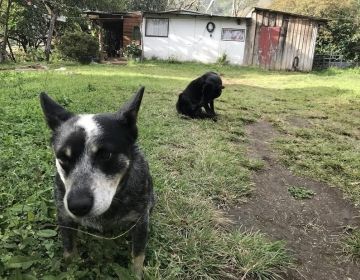
My Homestay Experience in Costa Rica
Adjusting to a new place and culture can be pretty jarring. One thing that can always make it easier, though, is being received with open arms by your new community... keep reading
